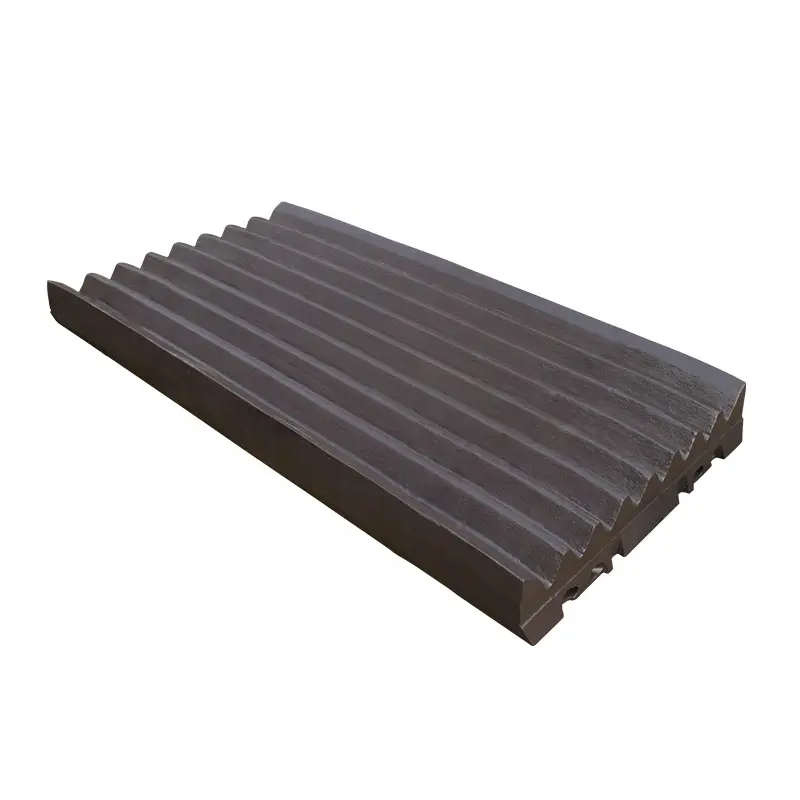Cleaning methods for the jaw plate before and after use
As an important component of the fitter's tools, the cleaning of the jaw plate is crucial for maintaining the performance of the tools, reducing wear and extending their service life. The following are the cleaning methods that should be adopted before and after using the jaw plate:
First, cleaning before use
(1) Inspect the surface
Before using the jaw plate, first check whether there is rust, oil stains or dust on its surface. These impurities may affect the clamping effect and service life of the jaw plate.
(2) Remove rust
If rust is found on the surface of the jaw plate, it can be gently brushed off with a wire brush. For stubborn rust, rust remover can be used for treatment, but it is important to choose the appropriate rust remover to avoid corrosion of the jaw plate.
(3) Wipe off the oil stains
If there is oil stain on the surface of the jaw plate, it can be wiped with a cleaner and a soft cloth. Choose a mild cleaner and avoid using overly irritating chemicals to prevent damage to the surface of the jaw plate.
(4) Inspect the moving parts
Check whether the moving parts of the jaw plate are flexible. If necessary, add an appropriate amount of lubricating oil to ensure that the moving parts can operate smoothly.

Second, cleaning after use
(1) Remove metal shavings and dust
After using the jaw plate, metal shavings and dust may remain on its surface. If these impurities are not cleaned up in time, they may cause wear on the surface of the jaw plate. The surface of the jaw plate can be gently wiped with a brush or soft cloth to remove any remaining metal shavings and dust.
(2) Clean the oil stains
If the jaw plate gets stained with oil during use, it can be wiped with a cleaner and a soft cloth. Choose the appropriate cleaning agent and avoid using overly irritating chemicals to prevent damage to the surface of the jaw plate.
(3) Check the wear condition
During the cleaning process, pay attention to checking whether the jaw plate is worn, cracked or deformed. If severe wear is found, it is advisable to consider repairing or replacing the jaw plate to ensure the performance and safety of the tool.
(4) Anti-rust treatment
After the cleaning is completed, a thin layer of anti-rust oil can be applied to the surface of the jaw plate to prevent rusting. Especially for the jaw plates used in a humid environment, anti-rust treatment is particularly important.
Third, conduct regular deep cleaning
(1) Comprehensive inspection
Regularly conduct a comprehensive inspection of the jaw plate, including the surface wear condition and the flexibility of the moving parts, etc. For severely worn jaw plates, it can be considered to repair or replace them.
(2) Deep cleaning
Use a cleaner and brush to thoroughly clean the jaw plate to remove stubborn stains and rust. Deep cleaning can effectively extend the service life of the jaw plate and maintain its good working condition.
By the above methods, the jaw plate can be effectively cleaned, wear can be reduced and its service life can be prolonged. It is hoped that these methods can help you better maintain and care for the jaw plate and improve work efficiency.



